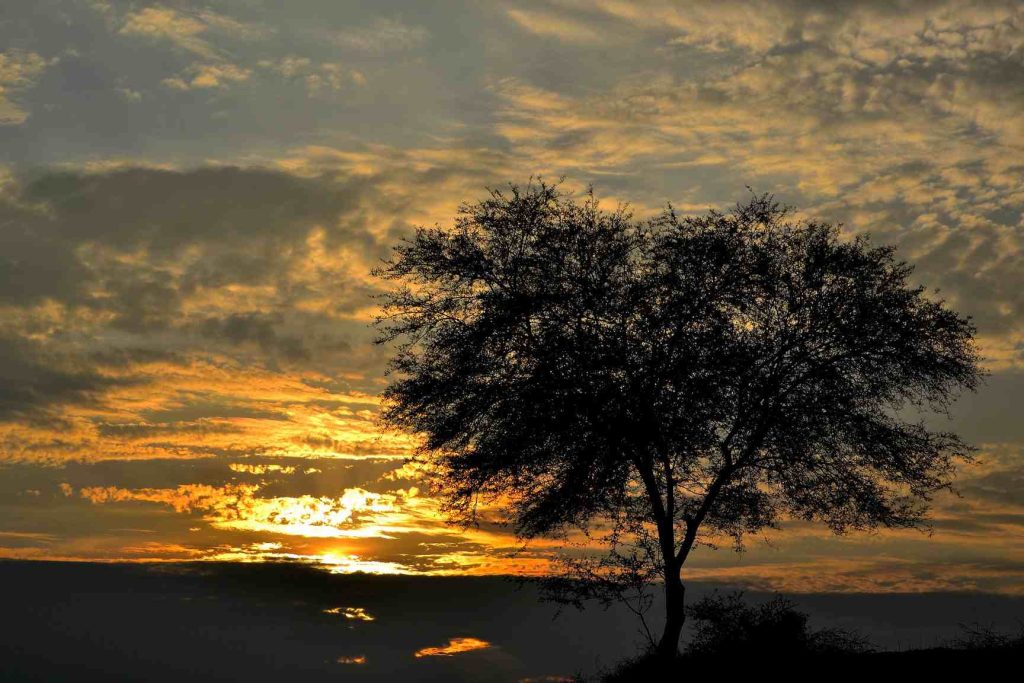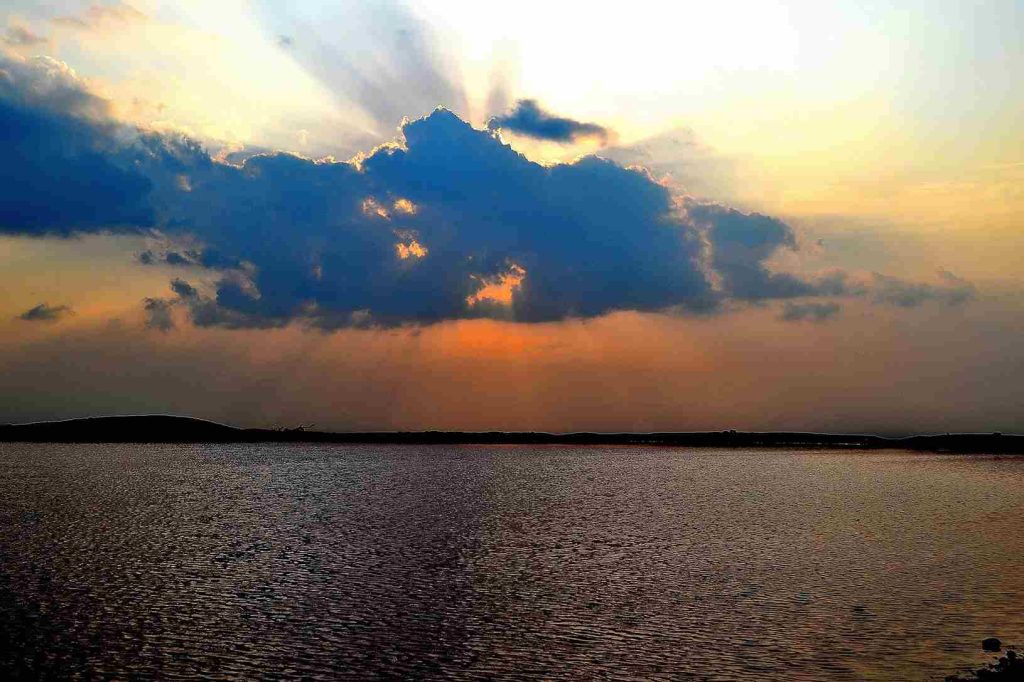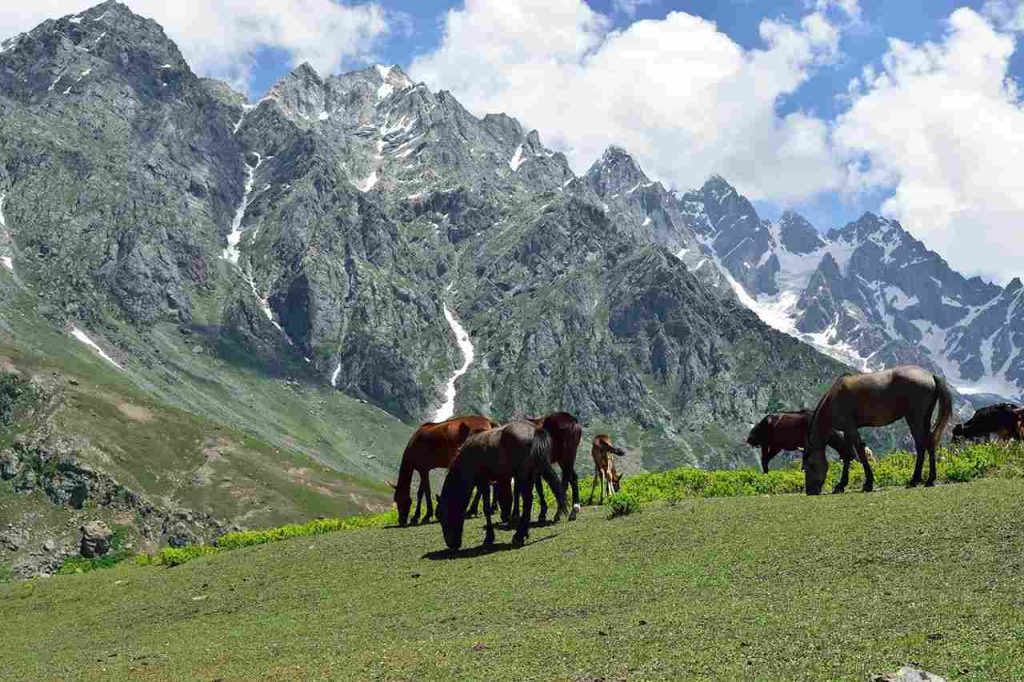The vital advice below can help you take stunning mountain photos, whether you’re a professional photographer trying to sharpen your abilities or an amateur photographer interested in mountain photography.
A Complete Guide to Mountain Photography: here is 7 mountain photography tips that are useful to know before photographing Mountains
Table of Contents
1. The Golden Hours

The majority of photographers concur that early in the morning or late in the day are the greatest times to take excellent pictures. Both scenes have distinctive lighting conditions brought on by the rising or setting sun. This is common in mountain photography since the sun will not provide harsh lighting or cast shadows on the subject you are trying to shoot during any of those times. In addition, the sun’s noon heat may cause an air haze that makes pictures appear filthy. Dawn and dusk are not times when this is true. There won’t be a lot of people around at these hours either.
2. Weather

You must be ready for weather conditions in order to get the most out of your mountain photography expedition. Start by considering what season it is, then continues by being ready for storms or other weather that can develop at any time at high elevations. Mountains may be snowy, ice, and generally treacherous during the chilly winter months. It will be good to have suntan lotion, a hat, and insect spray if you are heading outside in the summer. Regardless of the weather you may encounter, make sure you are prepared by getting the appropriate clothing and safety equipment.
3. Composition

In most cases, you need to tweak and arrange your photo once you’ve resolved your lighting problems and determined which kind of lens is suitable for your circumstance. The mountain will lose its vibrancy and start to seem uninteresting if you zoom in too much, so that is one compositional piece of advice. Making sure there is some foreground in your shot can help the viewer understand the mountain’s proportions, which is another thing to think about.
4. Lenses
You should often use a wide-angle lens while photographing mountains. From this perspective, a 24-28mm wide-angle lens might be a suitable choice. Having a lens with zooming capabilities in the roughly 24-70mm range is also important. With these lenses, you may take large-scale images of mountains while still having the flexibility to close in on particular objects to get a closer look.
5. Aperture
In terms of landscape photography, the aperture settings are quite common. In your frame, you should have both the foreground and the backdrop sharply in focus. To do this, you need to adjust your camera’s f-stop to a high value (small aperture). Depending on the sort of camera you are using, this may be anywhere from f/8 to f/22.
6. Filters
Generally speaking, there are three different kinds of filters that are useful for mountain photography. These are the ND Grad filter, a UV filter, and a polarizer filter. You will benefit from the ND filter in situations with great contrast, such as when the sky is bright and the foreground may be dark. A UV filter can be useful for blocking sunlight and protecting your lens, especially if you’re on top of a mountain where the sun is more intense. A polarizer filter is useful in a variety of situations. When taking pictures in the winter, the polarizer filter will assist reduce glare and light reflected by the snow. It also aids in cutting through the foggy sky.
7. Tripod
For two reasons, tripods are quite helpful for taking pictures of mountains.
- One, a tripod is highly helpful for getting a steady shot while taking long exposure photos in a dusk or dawn scene.
- The second reason is that a tripod enables you to snap pictures from odd angles, breaking the pattern and giving you a fresh viewpoint. Make sure to bring your tripods; they are an excellent tool. Additionally, if you’re using a big lens, the tripod might relieve some of the weighty haulings.
THANKS FOR READING WE HOPE YOU LOVE MY ARTICLES, IF SO PLEASE COMMENT DOWN BELOW
